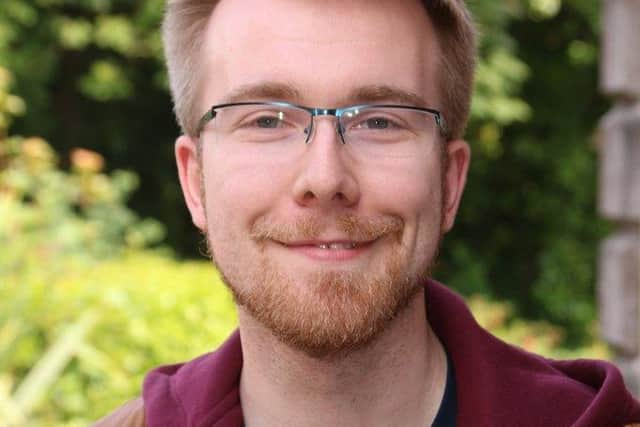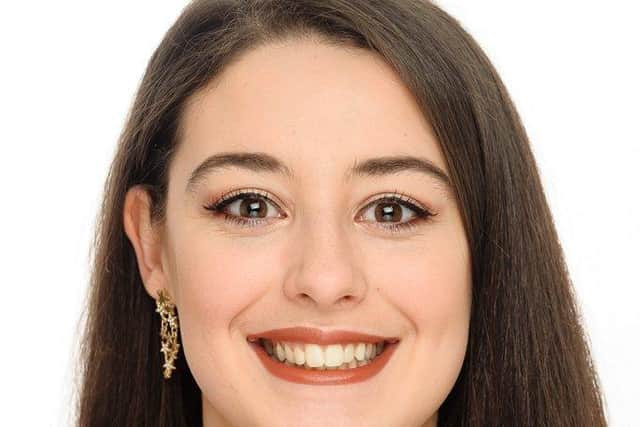Planetarium is shaping the world of astrophysics for the next decade


Lead author, Professor Jorick Vink supported by AOP colleagues, Dr Erin Higgins, Dr. Andreas Sander, and Gautham Sabhahit built the theoretical model which will now be widely used across the scientific community - and has already been receiving a lot of worldwide interest.
The model is expected to help advance the solving of the enduring puzzle of the existence of Supermassive Black Holes at Cosmic dawn.
Advertisement
Hide AdAdvertisement
Hide AdThe research by the Armagh scientists will now be published in the Monthly Notices of the Royal Astronomical Society (MNRAS), one of the world’s leading astronomical journals.


In September 2020, the world of astrophysics was shaken by the discovery of a merger between the heaviest stellar black holes ever observed.
These were an astounding 66 and 85 times the mass of the sun, and as such heavy black holes were not expected to occur from the death-throes of the largest stars in our Milky Way. The discovery left astronomers baffled.
Led by Professor Vink, the young astronomers in the massive-star group at Armagh Observatory and Planetarium set about working on stellar models of blue supergiants.
Advertisement
Hide AdAdvertisement
Hide AdRemarkably within just a few days, Dr Erin Higgins and PhD student Gautham Sabhahit were, for the first time, able to produce an 85 solar mass black hole on their computers.


Professor Vink said: “This is without doubt the proudest moment of my 20-year career in astronomy.
“This computer model will have a profound impact on the world of astrophysics over the next 10 years and I am confident it will help us unlock many more mysteries.
“I am extremely proud of my young colleagues. Erin graduated only last year and had already been making a name for herself in the world of astronomy while Gautham, who is in his second year as a PhD student, has announced himself on the international stage in a very exciting way.
Advertisement
Hide AdAdvertisement
Hide Ad“Andreas helped with our assessment that the mass lost from the outer envelopes due to winds was limited, allowing the large bulk of the envelope mass in stay intact – it was a complete team effort.